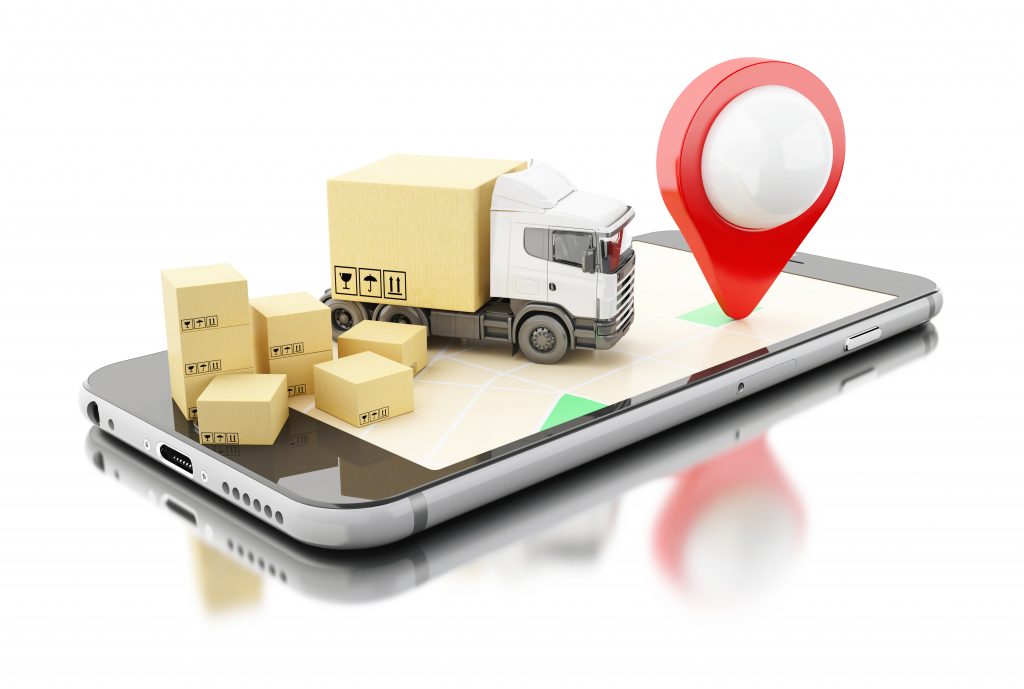How to combine ecommerce, web3, and localization for a more personalized shopping experience

Imagine trying out unlimited fashion collections from the comfort of your house. Or arranging furniture in your interiors without moving or paying for anything.
Imagine you don’t have to specify what you’re looking for, because one quick scan will suffice to determine what products are missing in your fridge or when it’s time to order a new laundry detergent.
It’s like online shopping but with a decent upgrade. It’s a full personalization of ecommerce offered by web3.
But there’s one more step missing to customize it even more: localization.
How can localization help to personalize ecommerce in web3?
Localization takes place every time you adapt a digital product to a new language and culture. Moving forward, it will play a key role in ensuring immersive web3 experiences.
In terms of ecommerce in web3, localization ensures that consumers receive all necessary information about the product in the right language, ideally — in their native tongue. It also contributes to smoother user interactions: when your consumers can choose the language that is the most convenient for them, they’re more likely to interact with your brand, and with other web3 users browsing through your store in web3.
But web3 localization is much more than language.
The culture of your target consumers is another important factor. Although we’re living in an era of ongoing globalization, where all experiences, methods or processes seem to be identical, there are still some important regional differences that are worth taking into account.
How to localize your ecommerce in web3 for global consumers?
You can split the process of localizing your ecommerce platform in web3 into four categories: texts, images, sounds, experiences.
First, extract all UI strings, including product descriptions, reviews, or button names. Assign these strings to a team of professional translators and localizers to ensure that the text will be flawlessly rendered in other languages.
Next, analyze your visuals. Is there anything that could disturb your target users located in other regions? Consider items such as colors, symbols, backgrounds, the way your virtual store is arranged.
Then move to sounds, especially if your web3 store includes music. Make sure you choose a song recognized by your target audience, if necessary, use different music for every target group.
Finally, double check the whole experience, from entering the virtual store, through choosing products, to completing the purchase. Are you sure your store in web3 will be easy to navigate for your all target consumers, no matter where they come from? Maybe there’s something you can adapt or customize to make this journey as smooth and intuitive as possible.
Not all consumers purchase items in the same way, even if they’re familiar with web3 technologies. Some differences stem from the cultural background and regional preferences, so make sure you know your international visitors before you set on the mission to make your e-commerce in web3 global, immersive, and fully inclusive.
If you plan to add local touch to your e-commerce in web3, start from analyzing the needs and preferences of your target consumers. Then adapt your content to make it as relevant as possible to your international users.
As a localization consultant, I’m here to help you on this quest to ensure fully personalized purchase experience in web3.
About the author: Dorota Pawlak
Dorota Pawlak is a localization consultant for digital and Web 3.0 brands. She enjoys helping businesses enter new markets and is passionate about cultures, languages, and technology.
Share with friends